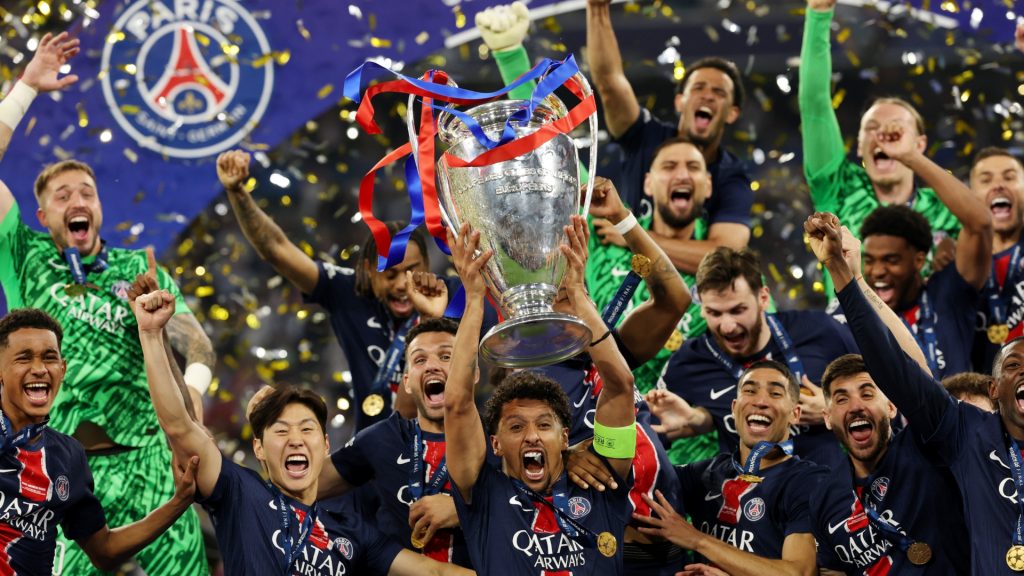Ahead of the 2025–26 Champions League, the UEFA will implement important changes to the competition format.
Paris Saint-Germain captured their first Champions League title in 55 years this season. This edition of the tournament will go down in history not only for that milestone, but also because it was the first to adopt a new competition format, moving away from the traditional four-team groups in the opening phase. However, UEFA is now introducing modifications to that structure.
Next season’s Champions League will keep the league-style opening phase, meaning there will be four groups of nine teams each. Every team will play once against each of the other eight clubs, and after those eight matchdays, the top teams will be determined based on a single overall standings table that includes all 36 clubs.
The change will come in the knockout rounds. In 2024–25, the best-performing teams from the opening phase only had an advantage in the round of 16, where they hosted the second leg. But from the quarterfinals onward, all teams were on equal footing.
Starting next season, that structure will be adjusted. The top four teams from the league phase will retain home-field advantage in the second leg of the quarterfinals. The same will apply to the semifinals: the two best-ranked teams will host the second leg. But that’s not the only update coming to the tournament.

Home-field advantage in the Champions League knockout stages
As explained above, the top eight teams from the league phase will earn the right to play the second leg at home in the round of 16. The same applies to the top four in the quarterfinals and the top two in the semifinals. However, this opens up a key question: what happens if those top teams don’t advance?
If a higher-seeded team is eliminated in an earlier knockout round, the overall ranking is thrown off. In some competitions, seeding is recalculated round by round, meaning the remaining teams are re-ranked each time based on their position in the original standings.
For example, if the top-ranked team is knocked out, the second-ranked team moves up to first, the third to second, and so on. But that will not be the system used in the Champions League.
What does it mean for teams to steal home-field advantage in the Champions League?
This series of changes to the 2025–26 Champions League knockout format introduces a brand-new concept that hasn’t been used in previous editions of the tournament: teams can “steal” home-field advantage.
This means that when a lower-ranked team eliminates a higher-seeded opponent from the initial standings, they also inherit that opponent’s home-field advantage. So in the next round, the winning team will get to host the second leg under the same conditions the eliminated team would have.
Last season offers a good example. Liverpool finished at the top of the league phase and thus held home-field advantage in every round. Meanwhile, PSG finished 15th and were at a disadvantage against nearly every opponent.
The French side pulled off a surprise in the round of 16 by eliminating the Reds. Under this new rule, PSG would have “stolen” Liverpool’s advantage and gone on to host the second leg in every series through to the semifinals.
From: bolavip.com

